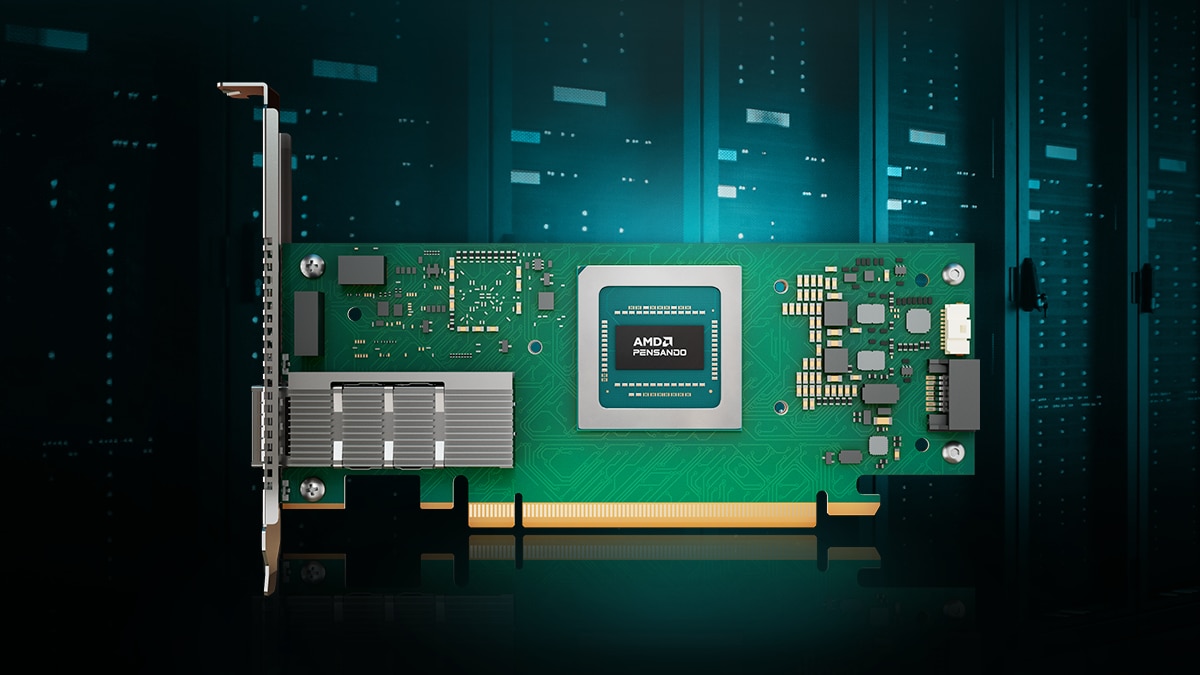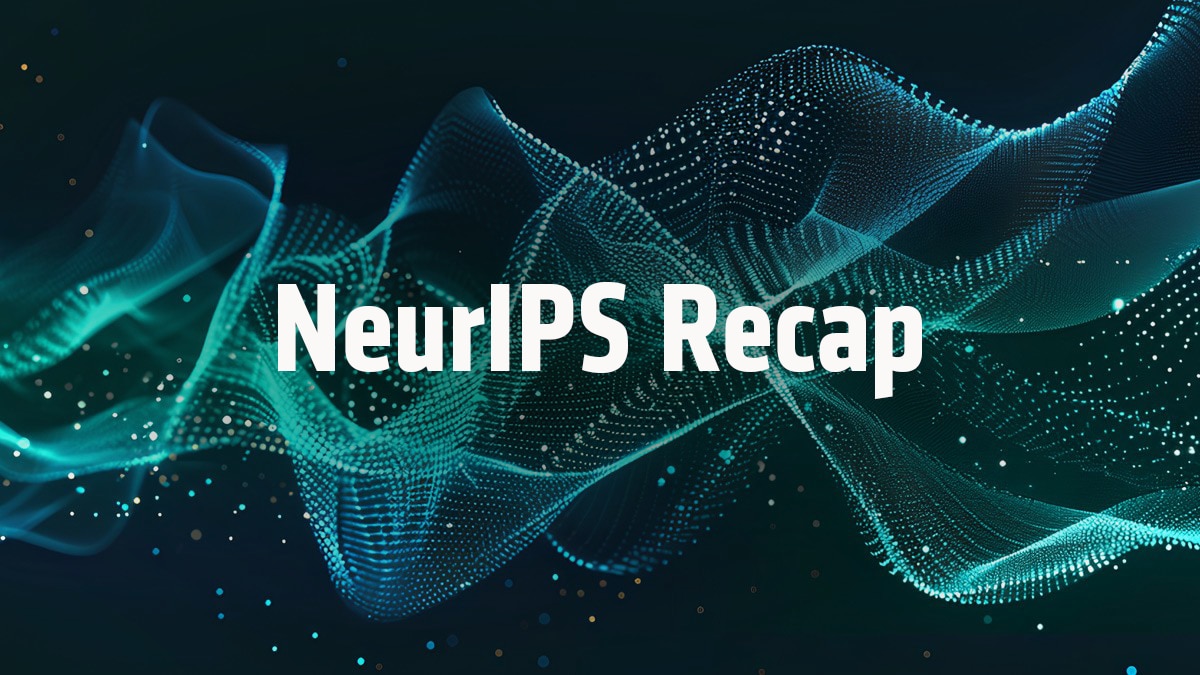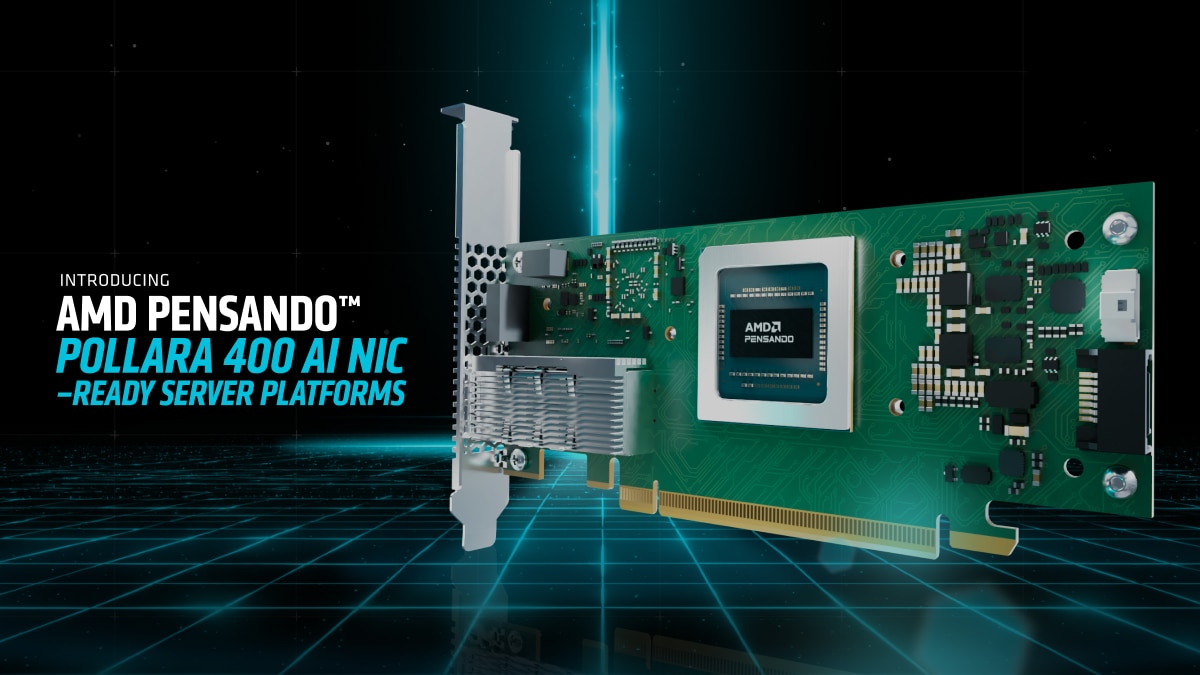AMD EPYC CPUs: The Engines of the Cloud Unleashing Compute at Scale
Nov 25, 2025

The industry’s response to our 5th Gen AMD EPYC™ processors, launched in late 2024, has been nothing short of phenomenal. We’re incredibly grateful to our partners and customers for their continued support, which has helped AMD EPYC surpass 40% server CPU market share in just a few short years. This milestone reflects the processor’s exceptional performance, energy efficiency, and lower total cost of ownership—attributes and values that resonate strongly across cloud and enterprise ecosystems. In previous blog posts, I highlighted how these processors accelerate workloads in enterprise, HPC, and AI environments. If you missed those insights, you could catch up here: 5th Gen AMD EPYC Processors Lead Enterprise and Cloud Workloads and 5th Gen AMD EPYC Processors Elevate HPC and AI Workloads.
In this post, I’ll explore the generational and competitive performance of AMD’s 5th Gen EPYC CPU-based instances on AWS, comparing them with Intel® Xeon® and Arm-based alternatives. Built on the latest AMD “Zen 5” cores, these processors deliver up to 17% better single-threaded performance and scale up to 192 cores per processor—a 50% increase over the previous generation. Memory bandwidth now supports up to 6400 MT/s and 8 TB per socket, enabling seamless execution of large, complex workloads. Additionally, Confidential Computing enhancements include support for Trusted I/O, allowing secure binding of PCI TEE-enabled devices to confidential guest VMs. These advancements position AMD EPYC as a powerful and secure foundation for modern cloud compute demands.
AMD EPYC in AWS
Since 2018, AMD has partnered with AWS to deliver cutting-edge solutions across general-purpose, high-performance, and confidential computing environments. In 2024, this collaboration reached a new milestone with the launch of “M7a” virtual machines powered by 4th Gen AMD EPYC™ processors. These instances brought faster speeds, enhanced memory bandwidth, and robust security features to a wide range of workloads. Building on that momentum, AMD and AWS have now introduced general availability of new “M8a” instances—designed specifically for general-purpose applications that require a balanced mix of compute, memory, and networking.
M8a instances are ideal for web and application hosting, microservices architectures, and databases where predictable performance and efficient scaling are critical. They support up to 192 vCPUs and 768 GiB of RAM, with a maximum frequency of 4.5 GHz. For high I/O workloads, M8a delivers up to 75 Gbps of networking bandwidth and 60 Gbps of Amazon Elastic Block Store (EBS) bandwidth—a 50% improvement over the previous generation. These enhancements provide customers with flexible, high-performance solutions tailored for demanding workloads.
Workload Performance Characterization
In this blog, I’ll explore both generational and competitive performance insights for AMD’s 5th Gen EPYC-based M8a instances on AWS. Our benchmarks focus on 32 vCPU instance sizes featuring each CPU architecture as this size is of the most deployed configurations for general-purpose computing. We evaluated a diverse set of workloads, including server-side Java, relational databases, web serving, in-memory analytics, media processing, crypto, financial modeling, raytracing, and rendering to reflect a broad representation of real-world usage scenarios.
To provide meaningful comparisons, we measured how the new M8a instances perform relative to the previous-generation M7a instances based on AMD EPYC 9004 processors, as well as against M8i instances powered by Intel 6th Gen Xeon processors and M8g instances hosted on AWS Graviton processors based on Arm cores. These comparisons highlight the performance gains and efficiency improvements delivered by the latest AMD EPYC processor architecture, helping customers make informed decisions for their cloud deployments.
1. General Purpose Computing
The SPEC CPU® 2017 benchmark is a highly respected, regulated, and independently audited industry standard for evaluating compute-intensive workloads. It rigorously tests processors, memory subsystems, and compilers across a wide range of systems, offering valuable insights into performance and efficiency. As a critical tool for assessing modern computing architectures, SPEC CPU® 2017 includes 43 benchmarks organized into four suites. This blog focuses on two of the most foundational and frequently requested suites by customers: SPECrate® 2017 Integer and SPECrate® 2017 Floating Point. These suites provide essential points of comparison for understanding system performance in many real-world enterprise environments.
Refer to Figure 1 for the generational and competitive performance advantages on SPECrate® 2017 Integer over Intel’s 6th Gen Xeon processors and Graviton 4-based instances.
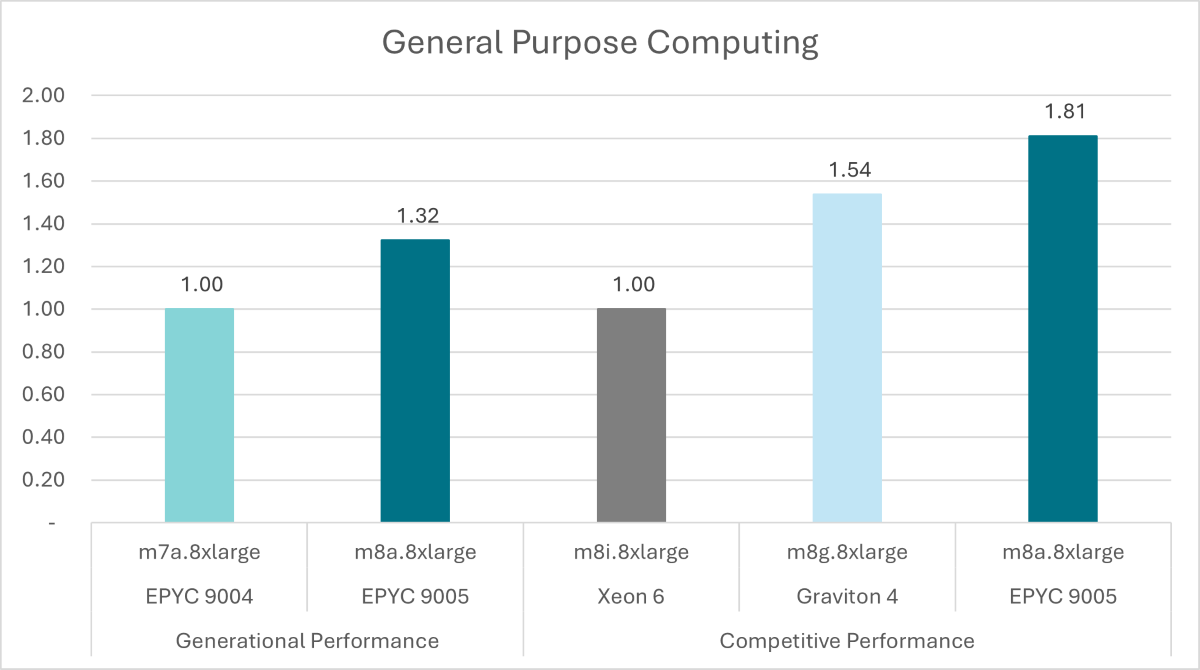
Figure 1: SPECrate® 2017 Integer
2. Java® Server
Java® is a widely adopted programming language, renowned for its portability and versatility, which allows developers to build applications that run reliably across a broad range of platforms. For this analysis, we used the SPECjbb® benchmark—a well-established tool for evaluating Java application performance in a simulated enterprise IT environment. This benchmark models workloads such as point-of-sale transactions, online commerce, and data-mining operations, making it highly relevant to Java application vendors, hardware manufacturers, developers, and researchers.
One of the key metrics from SPECjbb® 2015 benchmark is max-JOPS, which measures the maximum throughput of Java-based e-commerce transactions and reflects the system’s peak processing capacity.
Refer to Figure 2 for the generational and competitive performance advantages on Java MultiJVM max-JOPS over Intel’s 6th Gen Xeon processors and Graviton 4-based instances.

Figure 2: SPECjbb® 2015 MultiJVM max-jOPS
3. Commercial Relational Database
A Relational Database Management System (RDBMS) is essential for enterprise data management, providing structured storage, retrieval, and manipulation of information. Microsoft SQL Server, a leading RDBMS from Microsoft, delivers advanced features such as high availability, security, scalability, and integration with business intelligence tools. Supporting both on-premises and cloud deployments, it is widely adopted for enterprise applications and data-driven solutions. Common deployment scenarios include Online Transaction Processing= (OLTP) and Decision Support Systems (DSS). To evaluate performance, we used workloads based on the TPC-E benchmark for OLTP and the TPC-H benchmark for DSS; however, these results are not official publications, so they cannot be compared with any published benchmarks.
Refer to Figures 3a and 3b for the generational and competitive performance advantages on OLTP and DSS over Intel’s 6th Gen Xeon processors and Graviton 4-based instances. Note that SQL Server 2022 is not supported on Graviton.
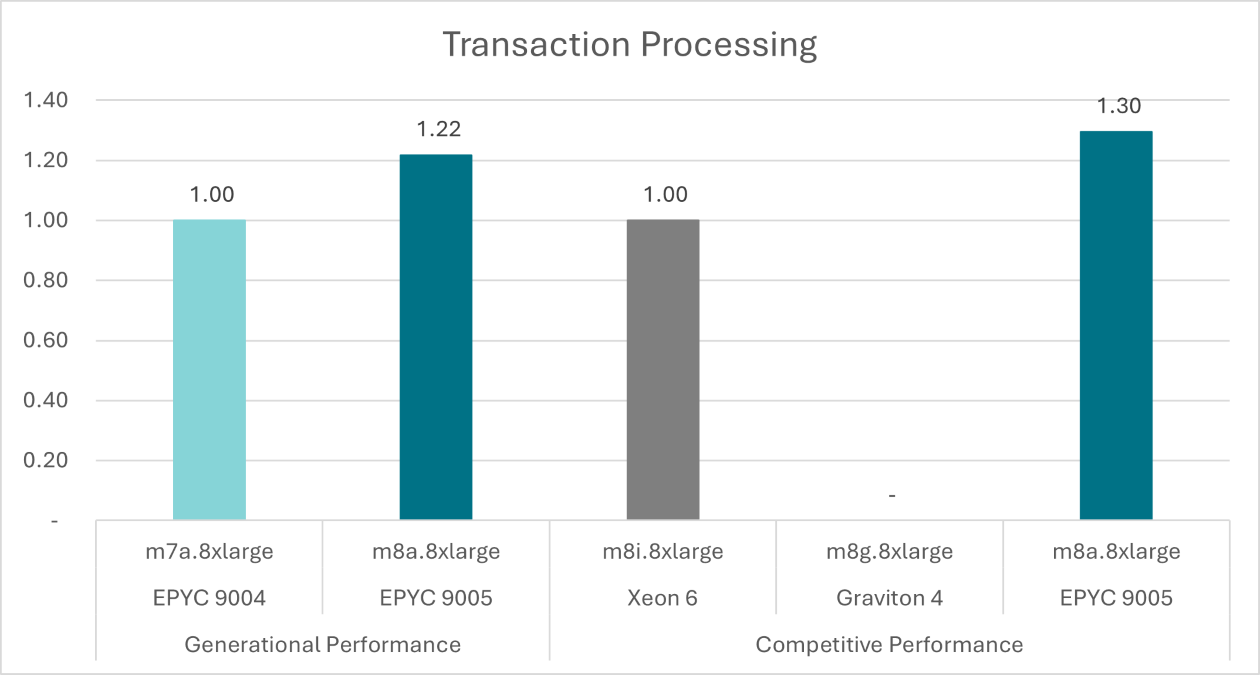
Figure 3a: Workload Derived from TPC-E Benchmark
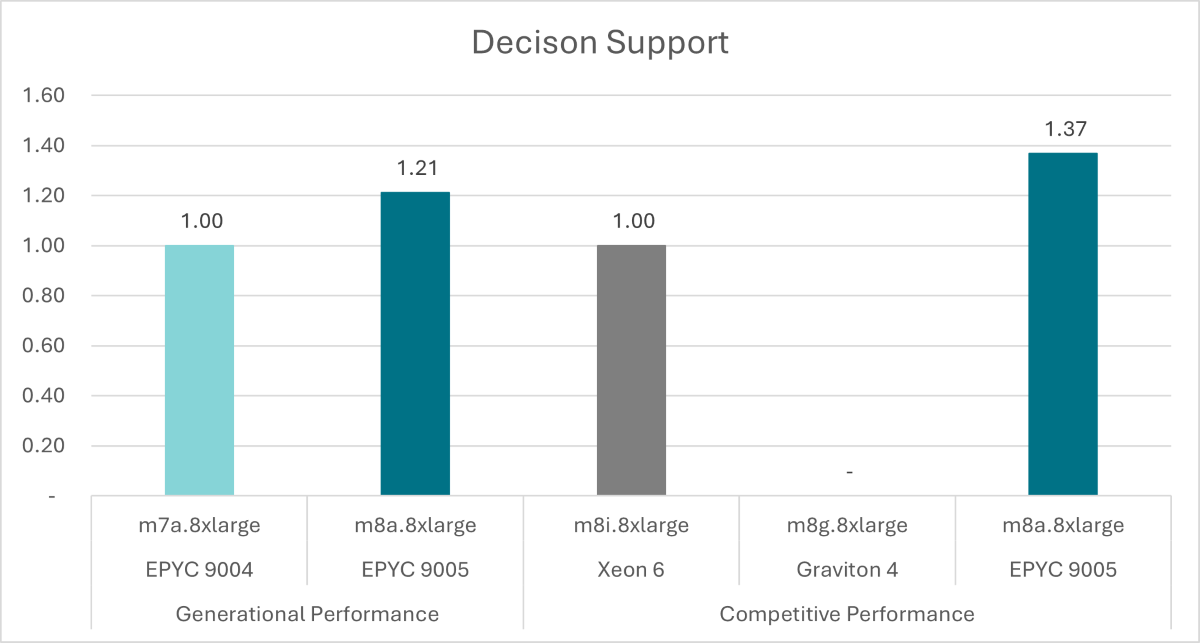
Figure 3b: Workload Derived from TPC-H Benchmark
4. Open-Source Relational Database
MySQL™ is one of the most widely used open-source database management systems, trusted globally across enterprise and cloud-native environments for both decision support and transactional workloads. For this evaluation, we used the TPROC-C benchmark, which is derived from the industry-standard TPC-C and designed to measure performance in transaction processing systems.
Refer to Figure 4 for the generational and competitive performance advantages on MySQL TPROC-C throughput (transactions/minute) over Intel’s 6th Gen Xeon processors and Graviton 4-based instances.

Figure 4: MySQL™ TPROC-C Transactions Per Minute
5. Web Serving
NGINX™ is a widely used web server known for its flexibility and efficiency in handling client requests. It can function as a standalone server or enhance performance and security by acting as a reverse proxy, load balancer, mail proxy, or HTTP cache. To evaluate its performance, we used the popular WRK benchmarking tool, which generates substantial HTTP traffic to simulate real-world web serving conditions.
Refer to Figure 5 for the generational and competitive performance advantages on NGINX throughput over Intel’s 6th Gen Xeon processors and Graviton 4-based instances.

Figure 5: NGINX™ WRK
6. In-Memory Analytics
Redis™ is a widely used in-memory data store that functions as a key-value database, cache, and message broker, with optional durability features. It’s well-suited for cloud environments and supports use cases such as streaming, microservices, and data analytics—helping developers build responsive and scalable applications. Redis handles various data types including strings, lists, maps, and more, and its in-memory architecture can deliver exceptional performance. To evaluate Redis, AMD used the Redis-benchmark tool, which simulates multiple client connections and measures request completion times, providing insights into the average number of requests the server can handle per second.
Refer to Figure 6 for the generational and competitive performance advantages on Redis throughput over Intel’s 6th Gen Xeon processors and Graviton 4-based instances.
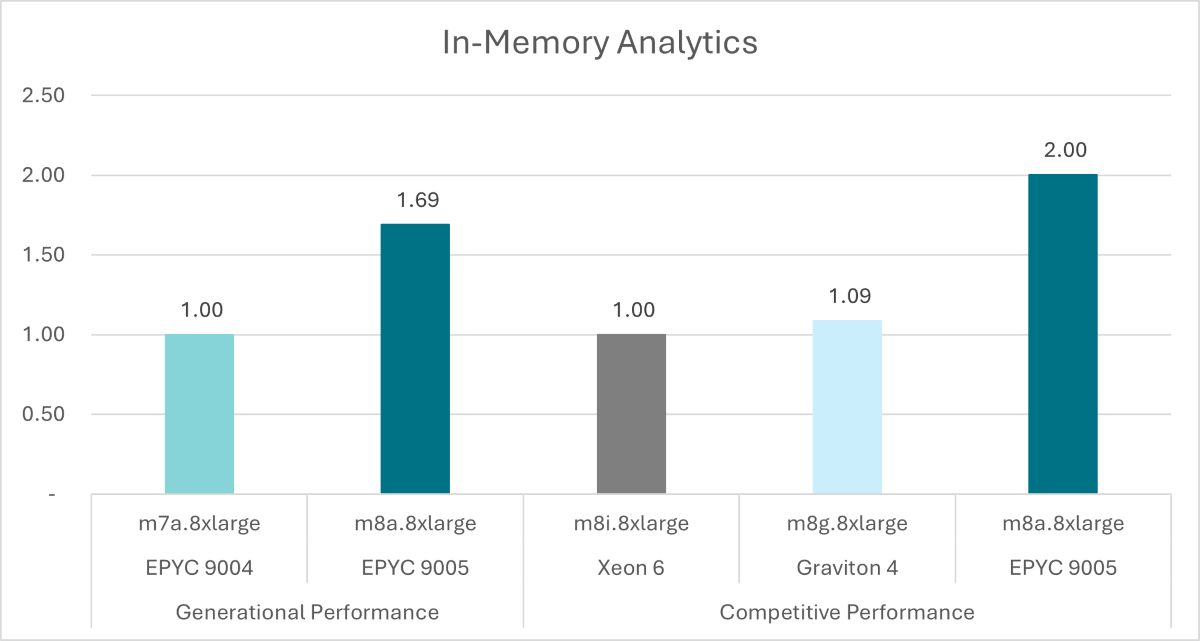
Figure 6: Redis™ redis-benchmark
7. Media Processing
Media processing performance is critical for a wide range of workloads—from video encoding and transcoding to collaboration platforms and streaming services. FFmpeg is a powerful, open-source multimedia framework that includes a rich set of libraries, codecs, and tools for handling video, audio, and other media formats. Known for its command-line efficiency, FFmpeg is widely used for tasks such as encoding, transcoding, editing, scaling, post-production, and ensuring compliance standards.
For this evaluation, we ran a mix of encoding and transcoding tasks with H.264 and VP9 codecs and averaged performance across all test cases. This test highlights M8a’s ability to manage high-resolution video content efficiently for a wide range of use cases.
Refer to Figure 7 for the generational and competitive performance advantages on FFmpeg throughput over Intel’s 6th Gen Xeon processors and Graviton 4-based instances.
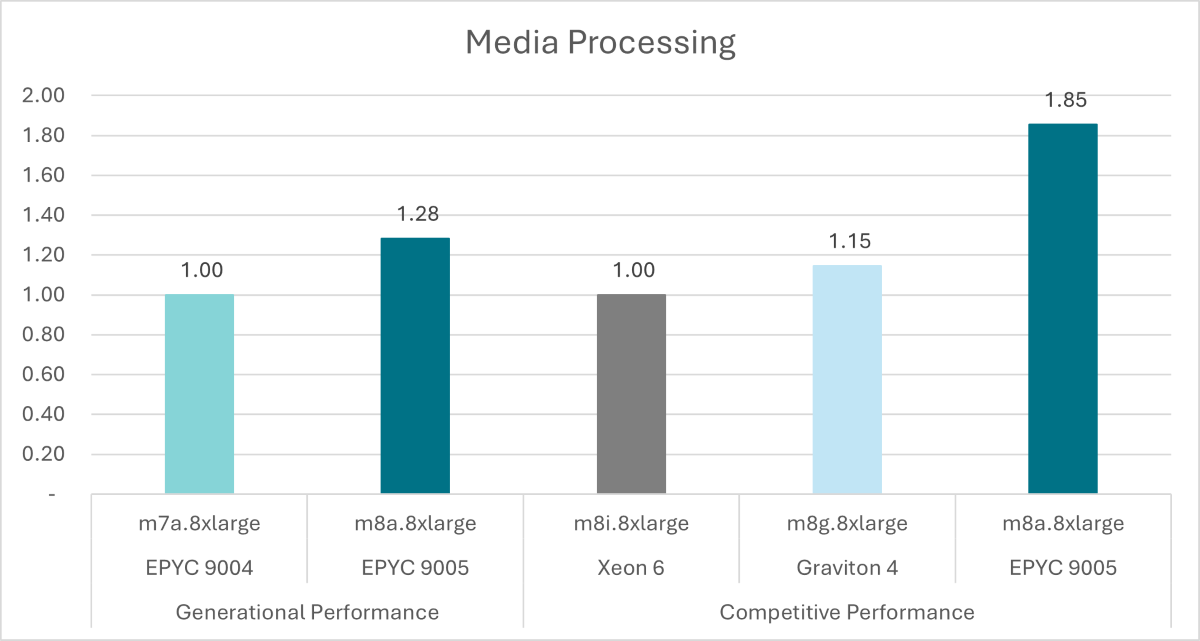
Figure 7: FFmpeg
8. Cryptography and Encryption
Security and cryptographic performance are critical for workloads ranging from secure web services and APIs to identity management, encrypted storage, and messaging. OpenSSL, a widely trusted open-source toolkit, offers robust libraries and utilities for TLS/SSL, encryption, hashing, and key management. Its versatility makes it essential for tasks such as establishing secure connections, managing certificates, performing encryption/decryption, creating CSRs, and ensuring compliance with industry standards.
For this evaluation, we tested commonly used AES, ChaCha, and RSA algorithms—covering symmetric and asymmetric encryption, authentication, and digital signatures. These results demonstrate the M8a instance’s capability to deliver strong security and encryption performance across diverse use cases.
Refer to Figures 8a, 8b, 8c for the generational and competitive performance advantages on OpenSSL algorithms over Intel’s 6th Gen Xeon processors and Graviton 4-based instances.

Figure 8a: Openssl-AES-256-GCM_byte_s
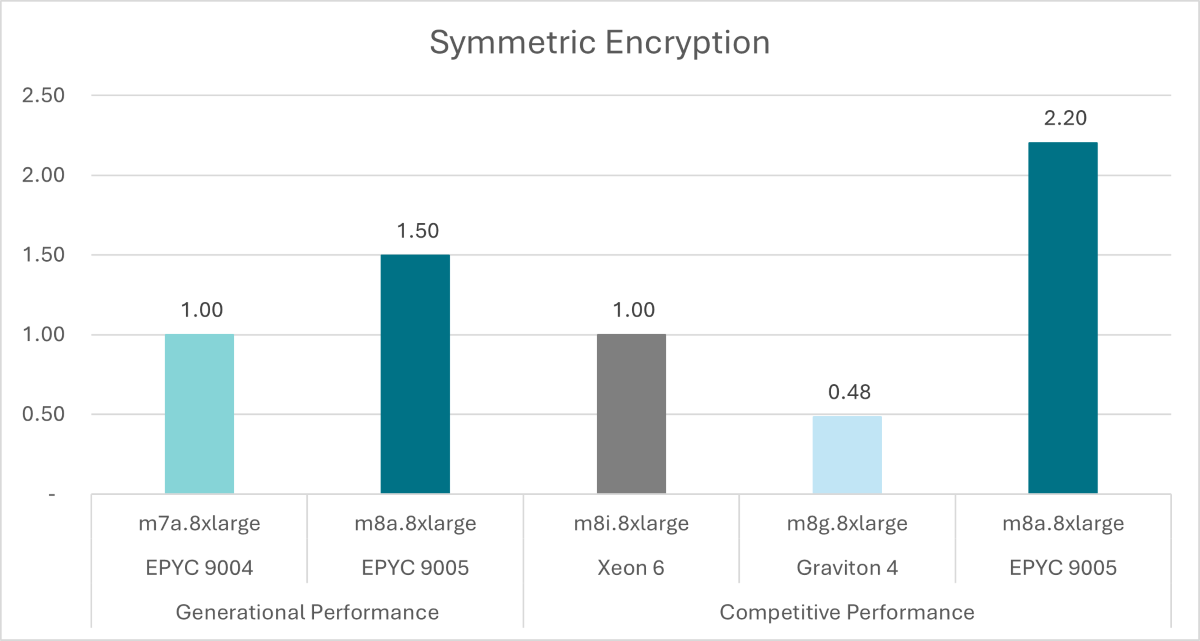
Figure 8b: OpenSSL ChaCha20

Figure 8c: Openssl-rsa4096_sign_s
9. Quantitative Finance Modeling
Quantitative finance performance is vital for workloads ranging from pricing and risk management to portfolio analytics and structured product valuation. QuantLib, a robust open-source library, provides comprehensive models, instruments, market conventions, and numerical methods for interest rates, credit, equity, and FX. Renowned for its accuracy and flexibility, QuantLib supports tasks such as yield curve construction, derivative and fixed-income pricing, risk and sensitivity analysis, model calibration, and advanced simulations like Monte Carlo and finite-difference—enabling consistent, production-grade analytics.
Refer to Figure 9 for the generational and competitive performance advantages on Quantlib performance over Intel’s 6th Gen Xeon processors and Graviton 4-
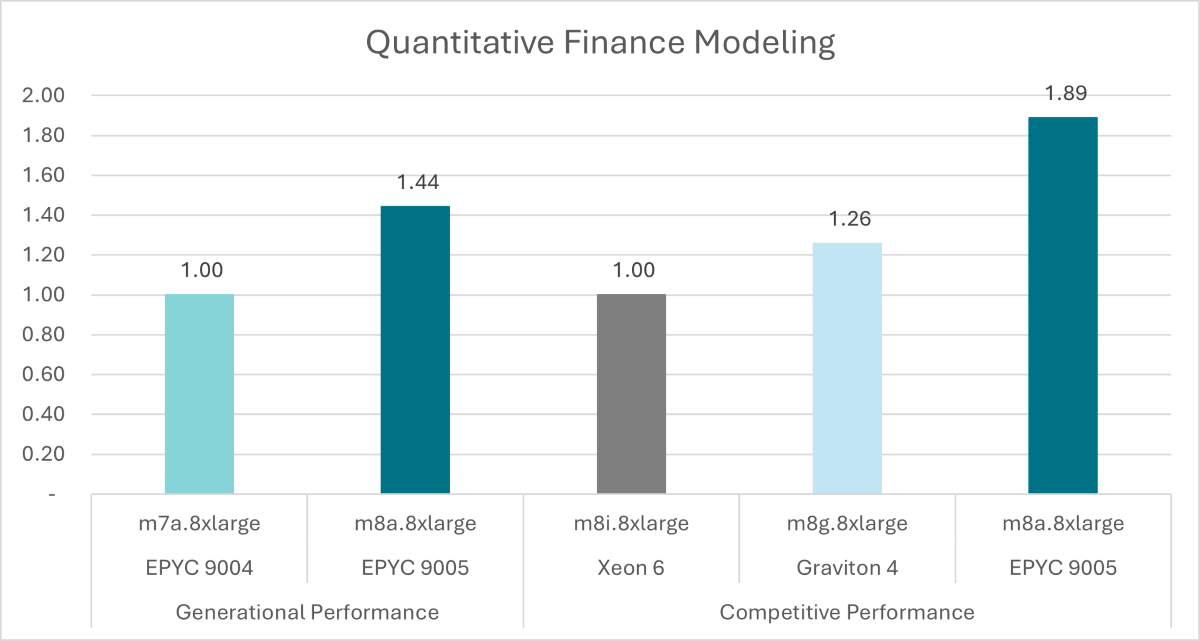
Figure 9: QuantLib
10. Ray Tracing
Ray tracing is a computer graphics technique that simulates the physical behavior of light to create highly realistic images. POV-Ray (Persistence of Vision Raytracer) is a powerful, open-source ray-tracing engine known for producing photorealistic images and animations. It offers an expressive scene description of language, advanced lighting models, and procedural textures, enabling precise control over effects such as reflections, refractions, caustics, and global illumination. With its flexibility and accuracy, POV-Ray supports both artistic and technical workflows, making it a popular choice for architectural visualization, product design, scientific imaging, and creative rendering projects.
Refer to Figure 10 for the generational and competitive performance advantages POV-ray performance over Intel’s 6th Gen Xeon processors and Graviton 4-based instances.
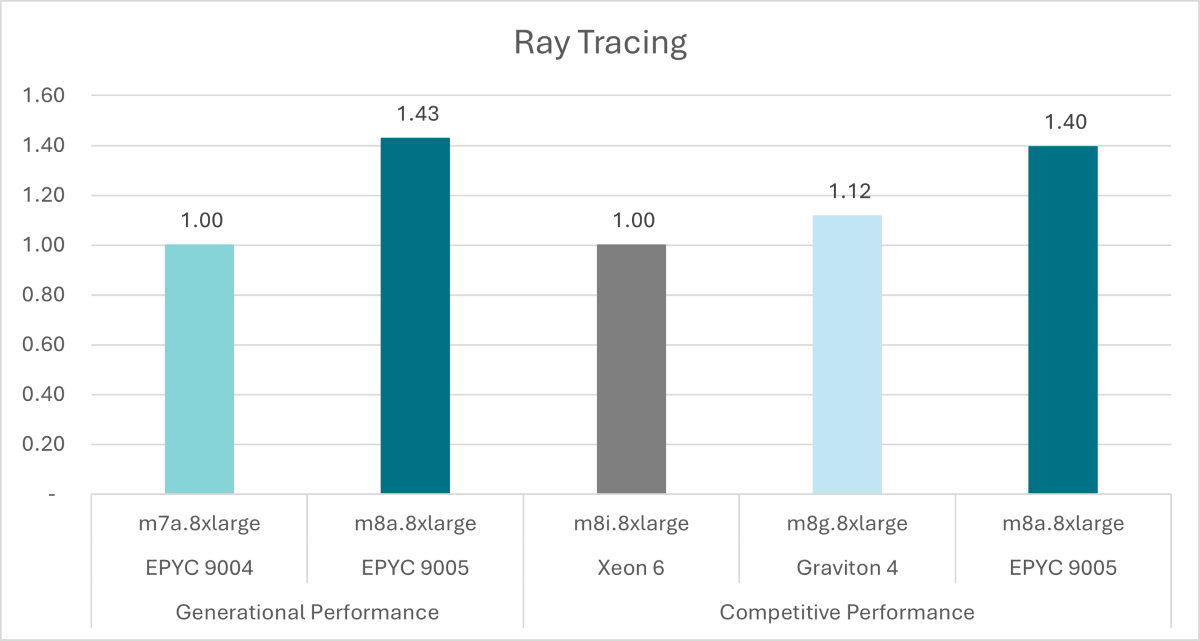
Figure 10: POV-ray
11. Ambient Occlusion
Ambient occlusion (AO) performance is critical for diverse graphics and compute workloads, including real-time rendering, visualization, algorithm prototyping, and hardware evaluation. AOBench is a lightweight, open-source benchmark and reference ray tracer designed for AO computation, featuring simple scene, well-defined kernels, and a reproducible workload to measure CPU and SIMD efficiency. Valued for its clarity and portability, AOBench is widely used for benchmarking processors and compilers, testing vectorization (SSE/AVX/NEON) and threading strategies (OpenMP/TBB), analyzing cache and memory bandwidth, validating AO kernel correctness, experimenting with ISPC and GPU implementations, and serving as an educational tool for ray tracing fundamentals and micro-optimization techniques.
Refer to Figure 11 for the generational and competitive performance advantages AOBench performance over Intel’s 6th Gen Xeon processors and Graviton 4-based instances.
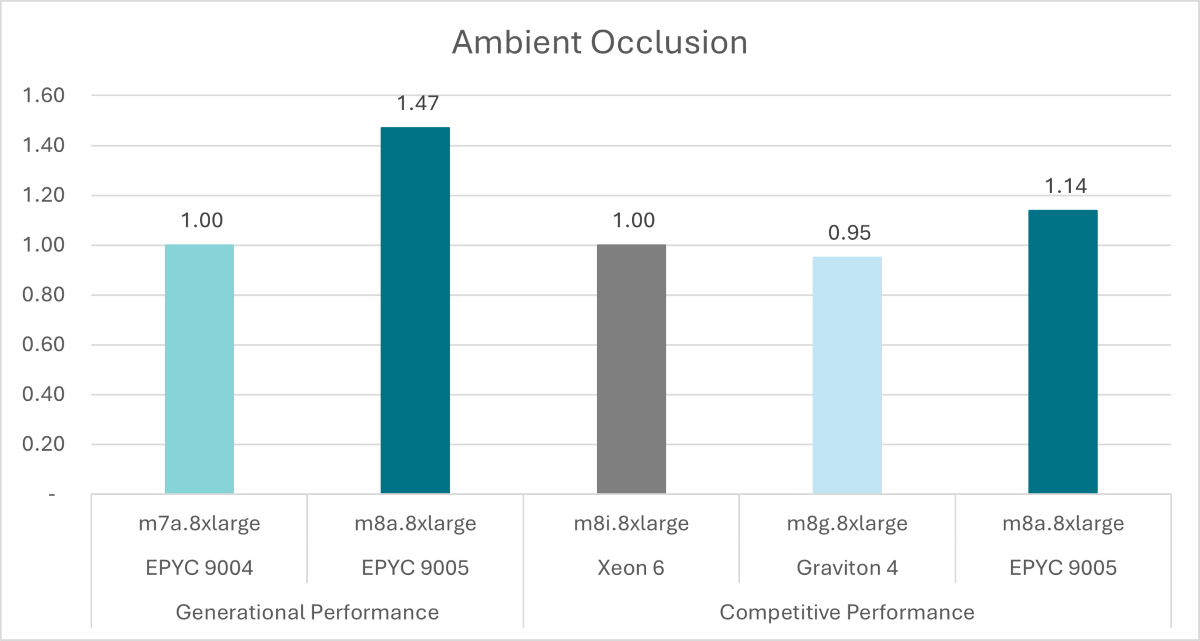
Figure 11: AOBench
Summary
After exploring a wide range of workloads in detail, let’s step back and view the bigger picture. Customers run a mix of workloads across diverse use cases—whether it’s Java, relational databases, in-memory analytics, web serving, or media processing. For these scenarios, M8a instances powered by AMD EPYC™ 5th Gen processors consistently deliver best-in-class performance.
Figure 12 highlights competitive performance comparisons among M8a (AMD EPYC™ 5th Gen), M8g (Graviton 4), and M8i (Intel 6th Gen Xeon) instances. On average, M8a provides approximately a 1.76x performance advantage over M8i and a 2.12x advantage over M8g, making it the most optimal platform for IaaS, PaaS, and SaaS deployments.
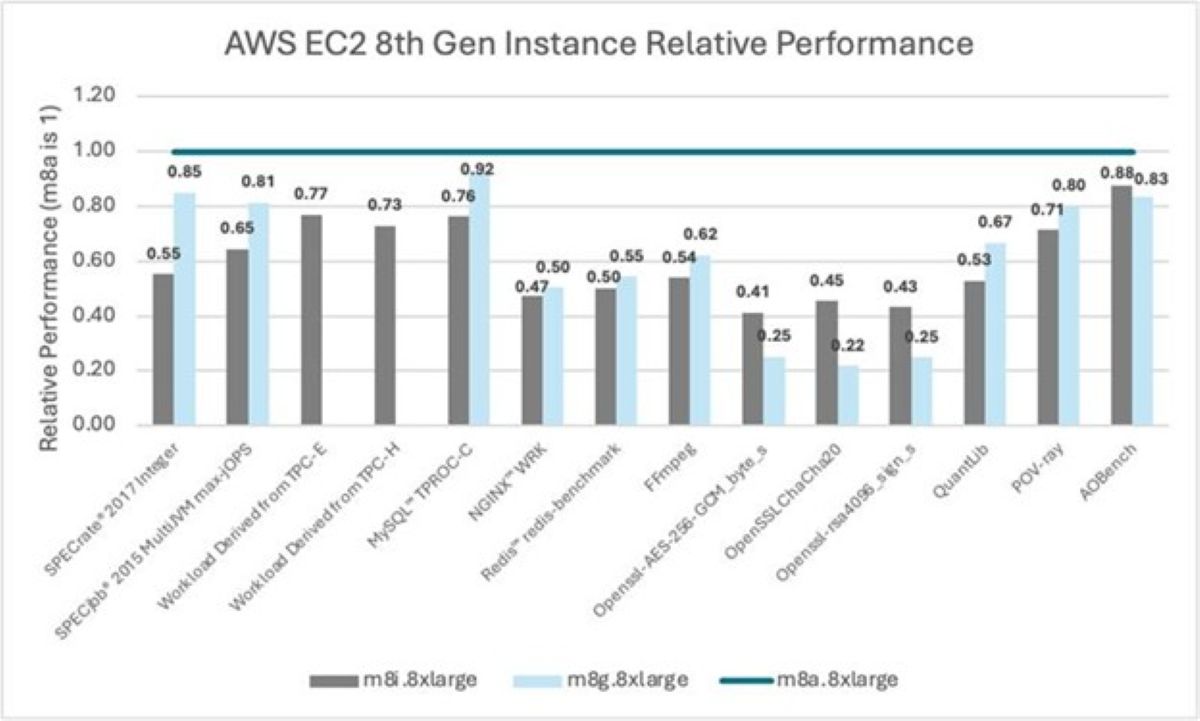
Figure 12a: AWS EC2 8th gen Instance Relative Performance
12. Conclusion
The 5th Gen AMD EPYC™ processors are redefining what’s possible in cloud computing. With breakthrough performance, expanded core counts, and advanced memory and security capabilities, they are powering a new era of scalable, efficient, and secure infrastructure. Our continued collaboration with AWS—reflected in the launch of M8a instances—demonstrates how AMD EPYC is delivering real-world value across general-purpose, java, commercial relational database, open-source relational database, web serving, in memory analytics, media processing, cryptography & encryption, quantitative finance modeling, ray-tracing, and ambient occlusion worklaods.
The AMD EPYC Turin–based M8a instances consistently delivered the strongest performance and best overall value compared to AWS’s Graviton4 (M8g) and Intel Granite Rapids (M8i) offerings. In many cases, the gap was so significant that the competition wasn’t even close.”
AMD EPYC processor platforms deliver the flexibility and performance needed to meet today’s demands and tomorrow’s innovations. We’re excited to continue pushing boundaries and enabling our customers to unleash compute at scale.
Notes:
3. AMD EPYC Claims : 9xx5C-054 thru 9xx5c-059
4. AMD EPYC Claims : 9xx5C-060 thru 9xx5c-065


